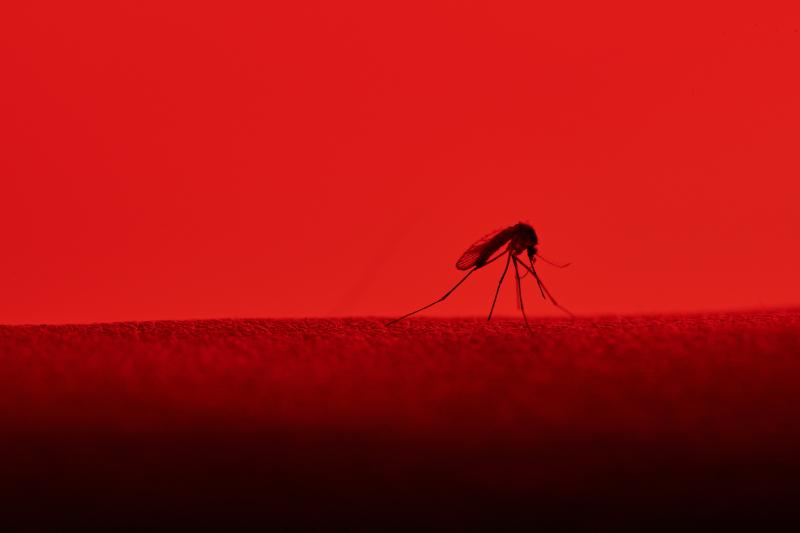 Researchers discovered that children infected with dengue for the second time were found to be prone to severe forms of dengue when antibodies in their blood were present at specific levels.
Researchers discovered that children infected with dengue for the second time were found to be prone to severe forms of dengue when antibodies in their blood were present at specific levels.Old age and lower white cell counts are significant risk factors for poor platelet recovery among dengue patients with thrombocytopaenia, according to a recent Singapore study.
“[W}e identified several independent predictors of poor platelet recovery in dengue patients,” said researchers, noting that their findings highlight “the impact of ageing and, potentially, immunosenescence in dengue infection.”
Of 362 participating dengue patients, 188 were randomly assigned to prophylactic platelet transfusion, while 181 received supportive care alone. Nine patients did not have day 2 platelet counts and were excluded. Of the remaining 360 patients, 43.9 percent (n=158) had poor platelet recovery, defined as having a platelet count of ≤20,000/µL by day 2. [Clin Infect Dis 2019;doi:10.1093/cid/ciz850]
Analysis according to treatment groups showed that most of the patients with poor platelet recovery did not receive a platelet transfusion (56.3 percent vs 32.3 percent).
In unadjusted analysis, age (p=0.0076), white cell counts (p=0.0007), serum creatinine (p=0.0108) and the number of days with illness at study enrolment (p=0.0002) were identified as significant predictors of poor platelet recovery.
After controlling for transfusion, only age (adjusted odds ratio [OR], 1.03, 95 percent CI, 1.01–1.05; p=0.0041), white cell count (adjusted OR, 0.79, 0.70–0.90; p=0.0002) and day of illness at study entry (adjusted OR, 0.67, 0.53–0.85; p=0.0009) remained significant risk factors for poor recovery.
“Although thrombocytopaenia and platelet dysfunction have been well described in dengue, the pathophysiology has not been well studied,” said the researchers. Some proposed mechanisms included peripheral platelet destruction, platelet sequestration and virus-induced bone marrow suppression. [Viral Immunol 2006;19:127-132; Am J Trop Med Hyg 2002;66:435-441; Blood 1989;74:1235-1240]
This was further complicated in older patients, who had been shown to suffer from greater disease severities and atypical presentations. Immunosenescence might help account for these. [PLoS Negl Trop Dis 2014;8:e2777]
“Immunosenescence in the older population may result in poorer bone marrow and other physiological reserves, which may account for the poor platelet recovery observed in this analysis in the older age group,” the researchers said.
The present study was a posthoc analysis of the Adult Dengue Platelet (ADEPT) study, an open-label, randomized trial conducted on patients in Singapore and Malaysia. The current study sample comprised the as-treated population in the original trial with available day 2 platelet count data.
“This time point was chosen following the observation in ADEPT that 25.3 percent of patients required a second transfusion to maintain a platelet count above 20 000 per μL on Day 2, but no patients required transfusion on subsequent days,” the researchers explained.
“Further work is needed to examine the pathophysiology and role of thrombocytopaenia and the risk of clinical bleeding in severe dengue,” they said. “Further studies evaluating the role of platelet transfusions in patients with severe dengue will be valuable, but sample sizes may be hard to attain.”